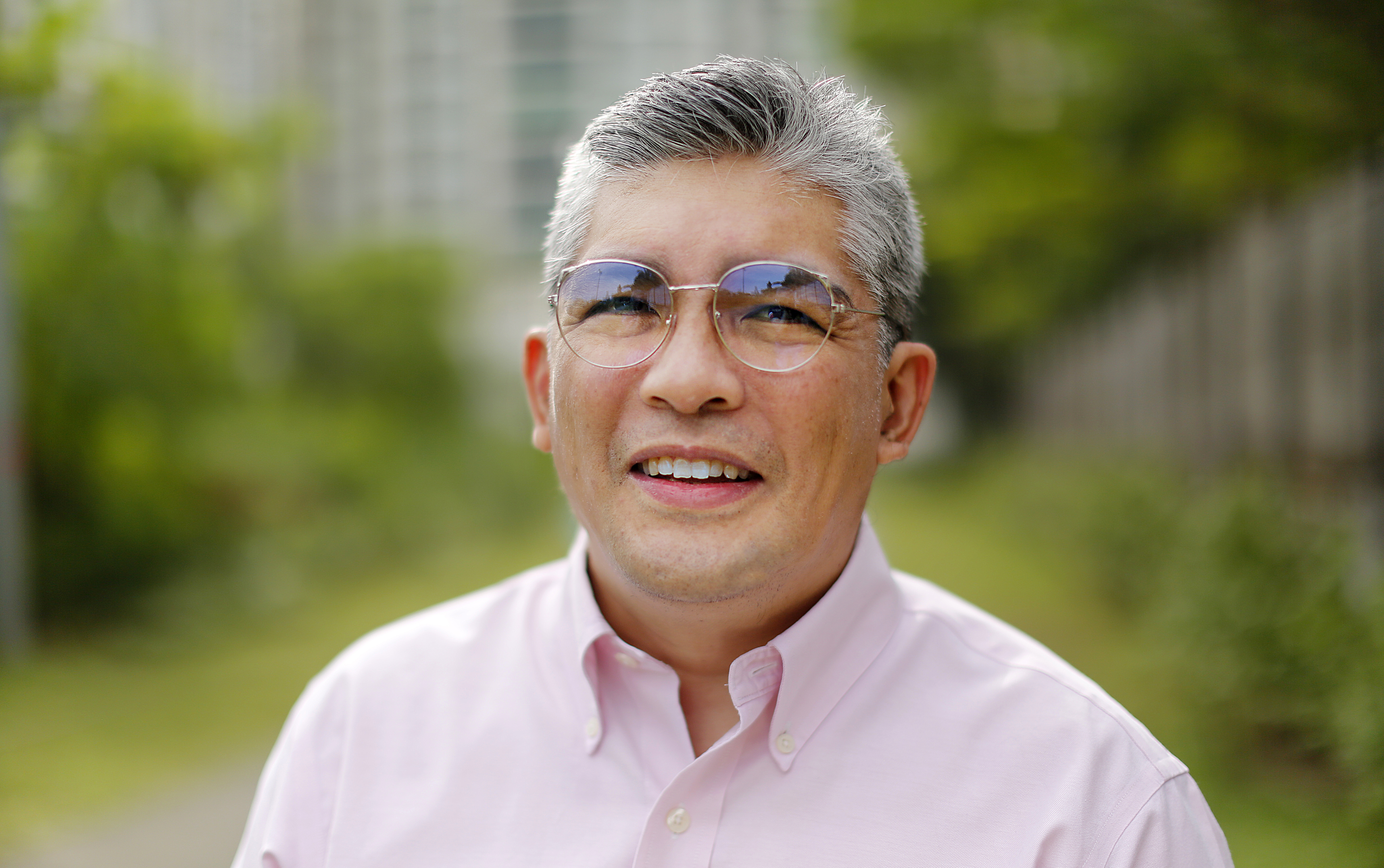OFF THE BEATEN PATH

I am writing this column from Washington DC, where I’m an official observer of the US Presidential Elections, participating in the IFES US Election Program. This will be the third US elections I’m officially observing. Through the years, I’ve noticed a shift in the political discourse that happens during the lead-up to election day. The rhetoric, specially coming from the camp of former US President Donald Trump, has ushered the political discourse to depths never seen before.
By the time you read this, voting day in the US would already have been done, and officials are now just in the process of counting and canvassing the votes cast. Whoever wins as President and Vice President, I hope there will be no violent incidents.
There are several methods of voting in the US. The first method is the traditional method of voting in-person on election day. In many states, the majority of voters will go to the voting centers on election day to cast their votes. Unlike in the Philippines where there’s a uniform time where all voting ends, in the US, the opening and closing time for voting locations may vary by jurisdiction. Information about the voting is provided earlier to the voters, to ensure they are aware of the process before they go to vote.
The District of Columbia mails a ballot to every registered voter a few weeks before the election. Keep an eye on the mailbox! Be sure to mail it back so that it is postmarked by Election Day, or drop it in a mail ballot drop box before or on Election Day. You can also vote in person if you prefer to do so. The District of Columbia offers early voting
The second method of voting is via mail-in ballots and absentee voting. Absentee voting started during the civil war, and has through time, provided voters the opportunity to cast their vote, even if outside the country. Mail-in voting, in recent years, has been a direction many states have been moving toward. Voters may choose to mail the ballots back the filled-up ballot, using the prepaid return envelope. The other alternative is to drop the ballot in a ballot dropbox. Some states now have 100 percent mail-in voting.
Another option is the “Early Voting” option. I know a couple who left for Europe a few weeks before the Nov. 5 elections, and decided to cast their vote before flying off for Europe. I saw news reports of some offices having long lines of people waiting to cast their vote over the weekend. This is a good way of decongesting the voting on Nov. 5.
As compared to recent Presidential elections, the interest of Americans in participating in the electoral process, is quite high. With some voters posting on social media, that, despite their advanced age (some over 50 years of age), admitting that this will be the first time they’ve voted for President in their life. I feel that’s a great development. With people aware of the power of their voice, reflected in the vote they cast. Not only for President/Vice President, but for down ballot races as well.
The power of the people, as reflected in the votes they cast, is the realization of the power we have in charting our future. That’s a good thing! When people make their voices heard, through the ballots they cast, then do we truly witness the power of democracy in action.
(Atty. Gregorio “Goyo” Larrazabal is a former Comelec commissioner. He is a pioneer of automated elections being a member of the Commission that successfully modernized Philippine elections in 2010. He remains involved in public service as an election lawyer. Email: [email protected])